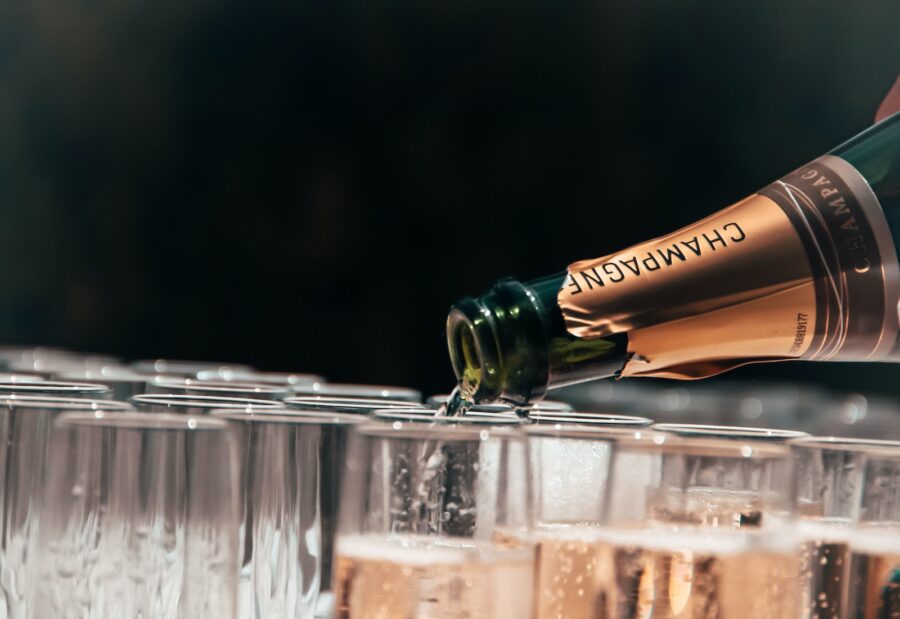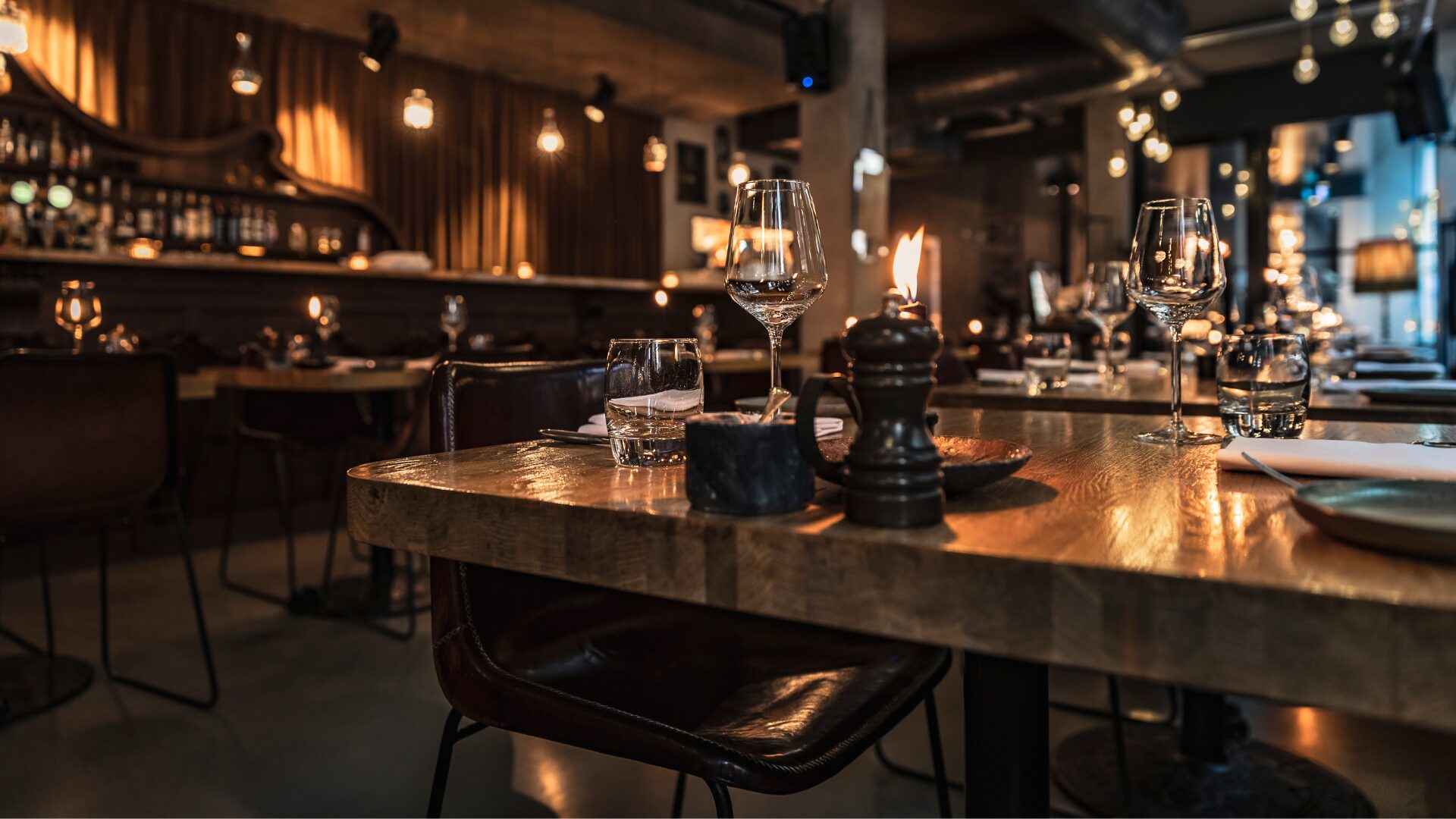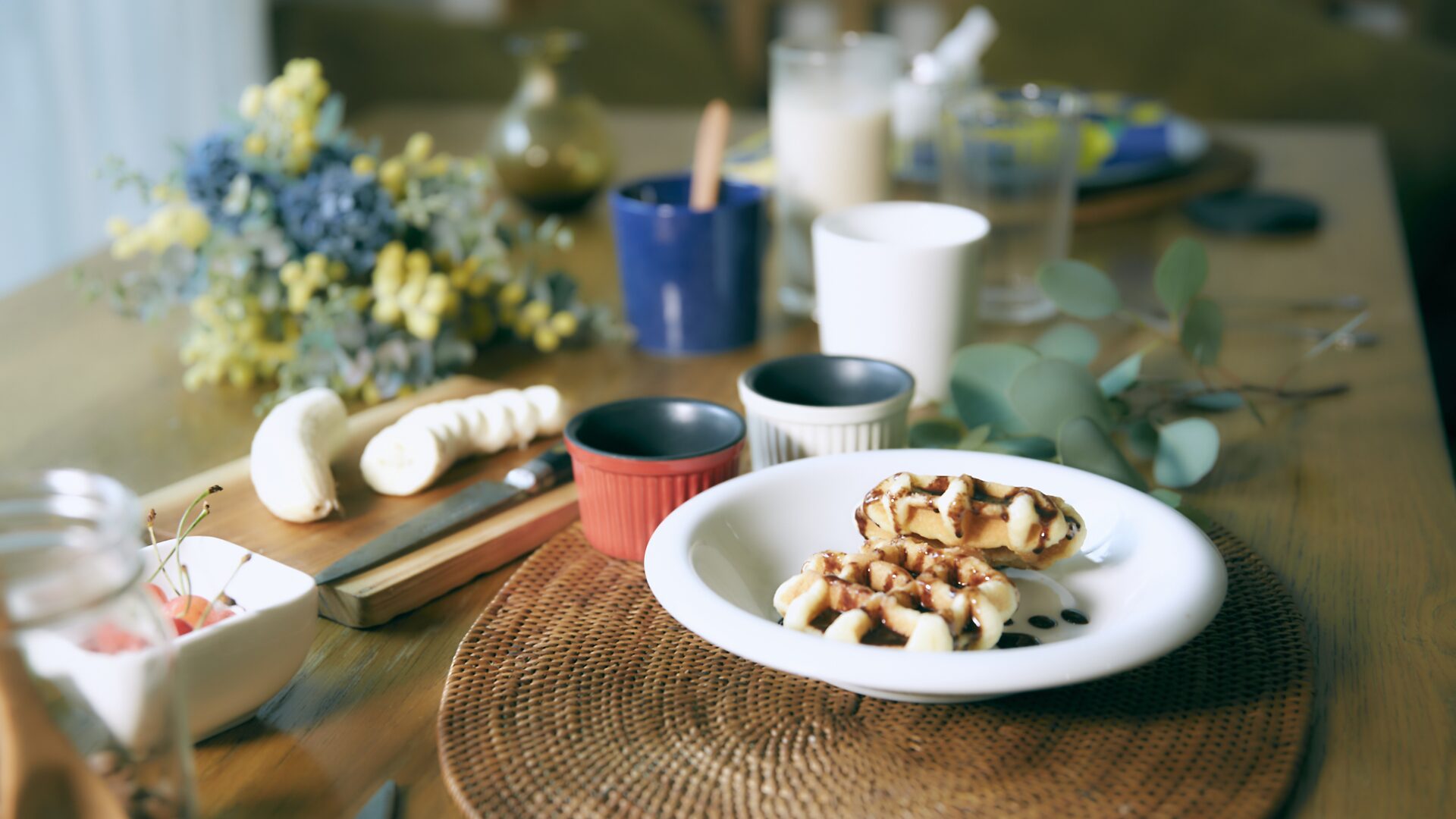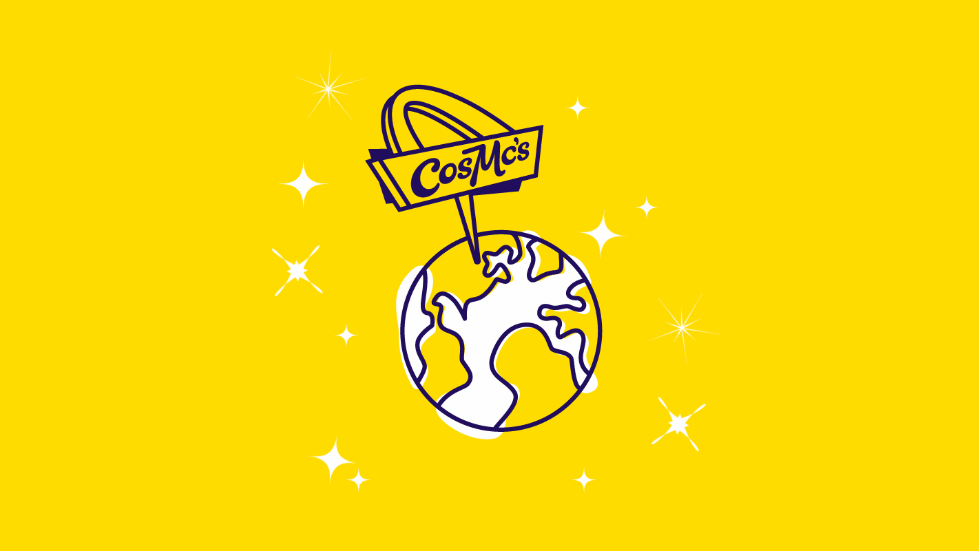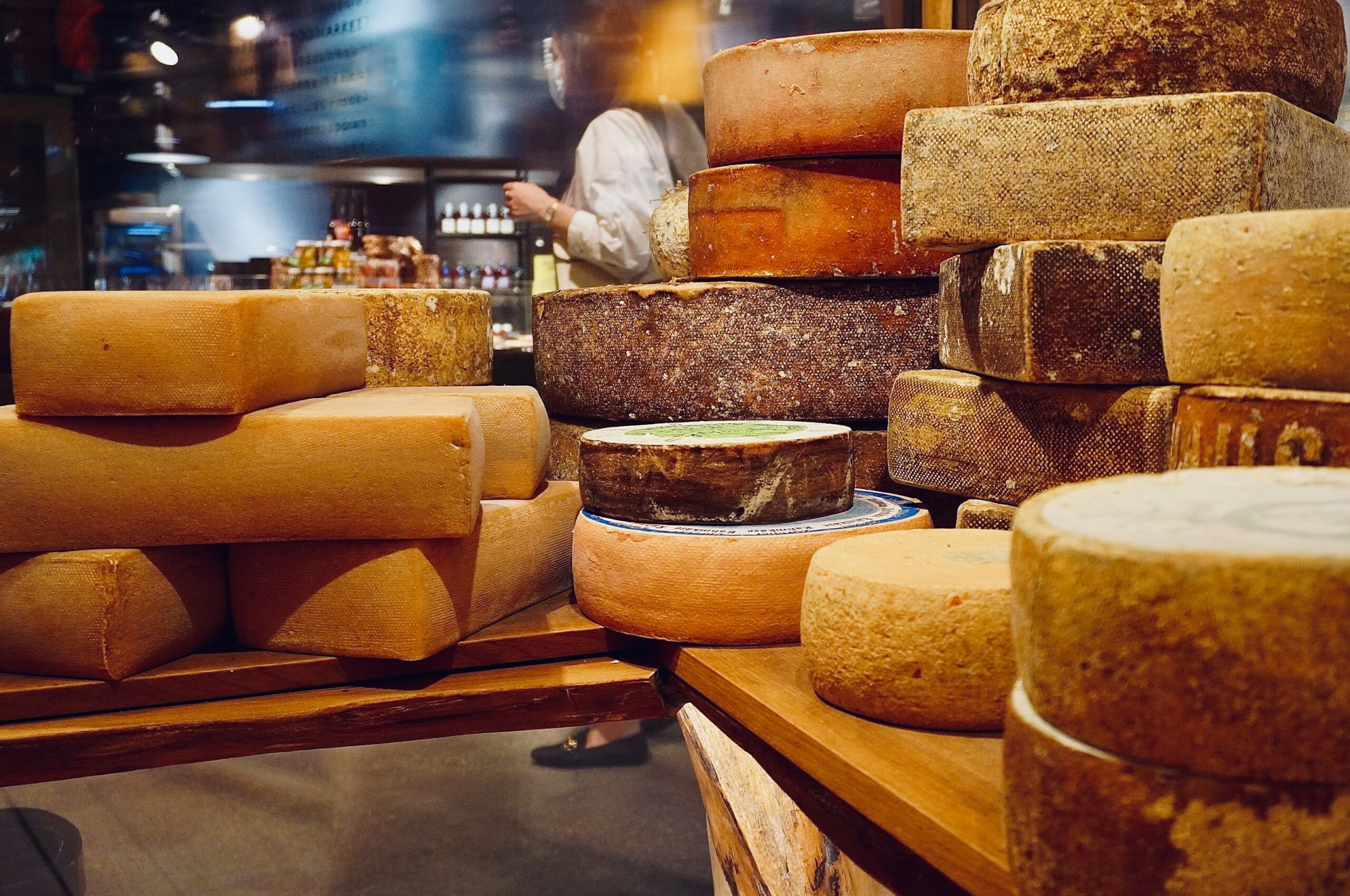According to media reports, the “party” may be over in champagne. After two years of record sales, France’s Comite Champagne announced in late July that 2023 champagne sales will be down to about 314 million bottles versus 326 million in 2022, a 3.7% year-over-year (YOY) decline.
Domestic French consumption is down 6.3% YOY and exports are down around 3.5%. The decline in French consumption was attributed to inflation, the decline in exports to a “sobering up” of record post-COVID consumption levels in 2021/2022. The Comite’s three-year forecast expects sales to stabilize around 315 million bottles per year, and production yields to be—understandably—reduced by commensurate amounts, with a maximum yield of 11,400 kg/ha (“ha” = “hectare”) for 2023 versus 12,000 kg/ha for 2022.
At first glance, the reduction in champagne production / consumption could simply be attributed to price inflation and the normalizing of consumption levels after two extraordinary years (2021 and 2022). A little digging, however, reveals that other factors may be at play, and that the Comite’s peculiarly direct and uncharacteristically candid press release may also be an effort to manage expectations and provide champagne growers a bit of air cover to manage a crucial factor that has them very, very worried: decreasing champagne reserves.
Ripple Effects of Difficult Seasons
Not all champagne produced each year is immediately bottled and sold. In fact, at any given point champagne producers hold anywhere from two to five years’ worth of champagne in reserve. The reserves are used, as sparingly as possible, to produce their “Tete de Cuvees” (top-of-the-line champagnes) and to blend with their annual non-vintage (NV) production to achieve a consistent, homogenous house style.
In their statement, the Comite said, “Climate hazards, vine decline, and the ageing of vineyards are all having an impact on champagne yields, which have fallen by 26% in twelve years.” It also mentioned that as a result, the Comite agreed to raise the maximum reserve level from 8,000 kg/ha to 10,000 kg/ha. Underlying the Comite’s statement, however, is that the last two seasons (2021/2022) were particularly difficult for champagne growers, with up to 30% of crops lost to frost and hail. And while the 2023 vintage looks promising (only about 2% loss to frost/hail reported; harvesting should start mid-September), the negative effects of 2021-2022 are still being felt heavily across the industry.
So, is the champagne party really over? Hardly—production and consumption levels are still strong and should continue to be for the near future. The Comite is simply signaling that to maintain quality and address climate change, any excess champagne production will be taken off the system going forward. Thus, we can expect higher champagne prices and less overall availability in the coming years.


